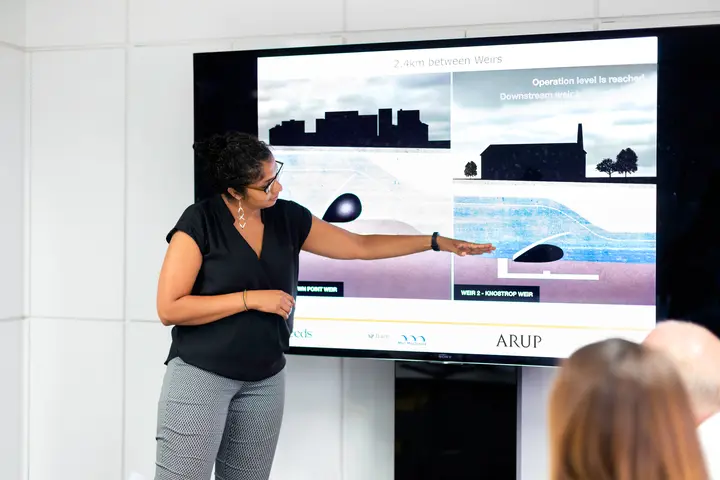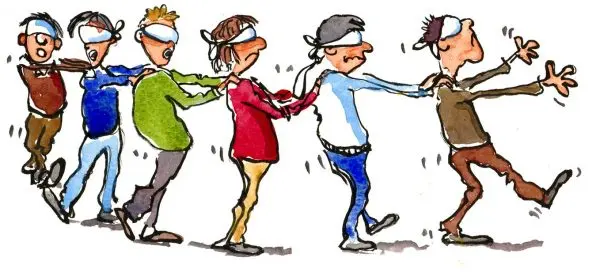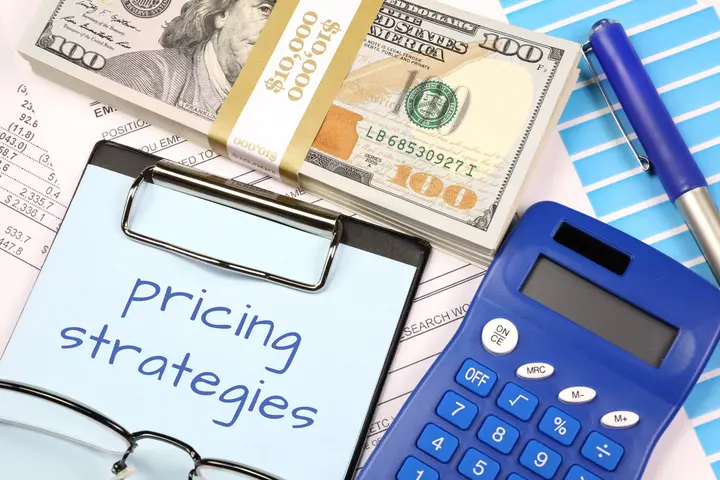5 cognitive biases you can take advantage of to make more money

Cognitive or psychological biases are subjective perceptions that we rely on when processing information.
Show key points
- Cognitive biases subtly influence many of our decisions, often without our conscious awareness.
- Visual content significantly enhances memory and engagement, making it more effective than text-heavy presentations in sales.
- The "cart" effect, or social proof, can persuade potential buyers by showcasing the popularity of a product or service.
- ADVERTISEMENT
- Using anchor pricing, such as displaying a high-priced item alongside a lower one, helps set a reference point that influences perceived value.
- Exact pricing tends to be viewed by customers as more favorable than rounded numbers, especially in high-priced transactions.
- The irrational escalation of commitment causes people to continue investing in something despite diminishing returns, a bias sales teams can leverage to upsell.
- Embedding graphics, testimonials, and popularity cues in the sales process can subtly steer customer behavior and drive conversions.
Whether you're aware of it or not, many of the decisions you've made throughout your life have been influenced by it.
Some of them are harmless and even comical. While others can be expensive. In this article, we'll share some of the key psychological biases that affect sales that can help you understand why people buy things.
Here are five cognitive biases that can be leveraged to increase sales:
Take advantage of the image feature effect

Humans are visual creatures.
We communicate with images much more deeply than we do with text.
However, sales teams often deliver presentations that contain slide-after presentations that contain only text, without graphics or images to support what is being said.
Recommend
In countless studies, scientists have found that images are easier to remember.
Therefore, when dealing with potential customers, try replacing the text in your presentation with graphics.
John Medina, author of the book Brain Rules, reveals that "multitasking, when it comes to attention, is a myth."
People find it difficult to read and listen at the same time. So don't force them to do it. Give them photos that are easy to remember. The idea of communicating with graphics and not just with text is adopted.
Use the "cart" effect to increase sales

The cart effect is what we call when people buy a product, adopt a situation, or adopt a certain behavior just because everyone does.
As more people follow this trend, others are inspired to jump on the cart.
Sales professionals can use the cart effect by advertising the number of other brands that use their products or services.
In B2B, this occurs in the following way:
Place logos of companies that use your service on your website
Highlight single tier pricing as the most popular
Indicate competitors who use your solutions in emails
Embed third-party reviews on your website
Ecommerce sites often use the "cart" effect by showing shoppers what others have bought.
Use high and low anchor prices

There is an old question in advertising: how to sell a watch for 2000 euros? Answer: Put next to it a watch worth 10,000 euros.
This is the anchor price.
Anchoring is a cognitive bias that says we rely heavily on the first information given to us (in this case, the anchor price) when making decisions, i.e. we use the initial price as a reference, no matter how high it is.
Adopt accurate pricing

Most of us think we want our prices to be good and complete: In a study conducted at Cornell University, researchers found that people judged exact prices to be lower than rounded prices.
In fact, studies have found that shoppers will pay more if the price tag shows an accurate number rather than a clear full number. For example, 354.294 euros are likely to attract a buyer more than 350.000 euros.
We have a clear bias against full numbers in high-priced transactions.
Therefore, when formulating your proposals and communicating prices to the company's customers, be aware of the impact of accurate pricing on buyers' perception of value.
Irrational escalation of commitment

We've all seen this in the workforce. You make a serious investment in a project, but the project suffers. Or maybe you have a successful project, but the leadership believes it can achieve more with more investment.
For many years, organizations have faced such situations, finding it difficult to know when to stop.
Why this phenomenon occurs: It is a cognitive bias called the irrational escalation of commitment.
It leads people to buy lottery tickets again and again. We used to think that after investing in something once, our chances of success increase.
We believe that adding more money to a problem can solve it.
We believe that adding a few additional licenses to the account can accelerate growth.
We believe that buying other add-ons will increase our return on investment.
This bias is something that sales teams and marketers can take advantage of.
It's something they can use to increase the lasting value of their customers and influence the bottom line.
This is achieved by facilitating the sales process.
Since a buyer is going through a purchase process for your solution, feel free to include opportunities where they can add inexpensive functionality to their plan.
By accepting an invitation to work like this after selecting a larger plan, they are more likely to continue adding benefits to their application.








